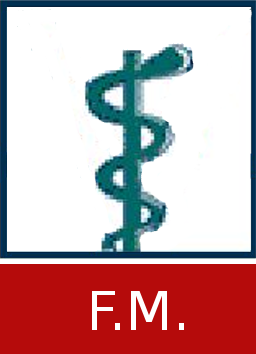Evaluation of the neovascularisation of 3D-printed hydroxyapatite implants in rats
Desonniaux, Marie 
Promotor(s) : Cobraiville, Elisabeth
Date of defense : 6-Sep-2021 • Permalink : http://hdl.handle.net/2268.2/12878
Details
| Title : | Evaluation of the neovascularisation of 3D-printed hydroxyapatite implants in rats |
| Translated title : | [fr] évaluation de la néovascularisation des implant imprimé en 3D chez le rat |
| Author : | Desonniaux, Marie 
|
| Date of defense : | 6-Sep-2021 |
| Advisor(s) : | Cobraiville, Elisabeth |
| Committee's member(s) : | Nolens, Grégory
RONSMANS, Christophe 
Stordeur, Philippe |
| Language : | English |
| Number of pages : | 59 |
| Discipline(s) : | Life sciences > Biotechnology |
| Institution(s) : | Université de Liège, Liège, Belgique |
| Degree: | Master en sciences biomédicales, à finalité approfondie |
| Faculty: | Master thesis of the Faculté de Médecine |
Abstract
[en] Introduction: Maxillo-facial defects are a commonly encountered problem that cranio-facial and plastic surgeons have to face in hospital practice. It can have either a pathologic or a non-pathologic origin. The current gold standard for bone replacement for in those defects is an autograft from a fibula free flap. However, the current gold standard has limitations and synthetic bone replacement overcoming those limitations have known an expansion in the recent years.
Objective: Two main objectives were pursued during this master thesis. The first one was to develop and evaluate the design of the sub-scapular implant as well as the surgical implantation protocol. The second was to develop and evaluate the imaging protocols to visualise the neovascularisation inside the implant.
Methods: First a cadaver test was realised to test and evaluate the design of the implant as well as the surgical implantation technique. Secondly, a pilot study was realised in a small group of 5 rats. During this pilot study, the surgical technique was adapted and the vascularisation was evaluated by micro-CT. Both in-vivo and ex-vivo micro-CT were used.
Results: The design medium rectangular L was the design the most fitting regarding size and implan- tation incision closure. The tail catheter injection technique was chosen over the needle injection. The in-vivo micro-CT show vascularisation only on the outside of implant. The pre-test ex-vivo micro-CT shown vascularisation inside organs.
Conclusion: The medium rectangular L design was chosen to be implanted in the rats of the pilot study. The placement of the medium rectangular L at the interscapular area in rats with the chosen protocol was successful. The vascularisation surrounding the implant can be seen with the in-vivo micro-CT. However, the neovascularisation inside the implant could not be seen with that imaging method.
File(s)
Document(s)

 TFE-SBIM2021-Marie Desonniaux.pdf
TFE-SBIM2021-Marie Desonniaux.pdf
Description: -
Size: 26.87 MB
Format: Adobe PDF
Cite this master thesis
The University of Liège does not guarantee the scientific quality of these students' works or the accuracy of all the information they contain.


 Master Thesis Online
Master Thesis Online




